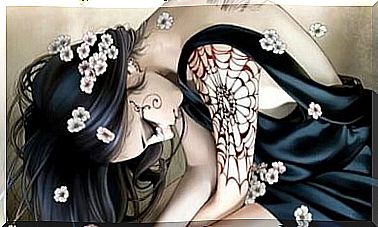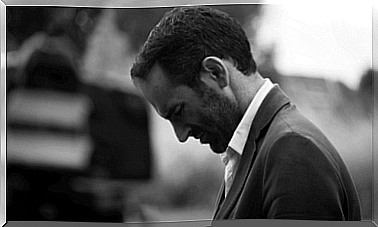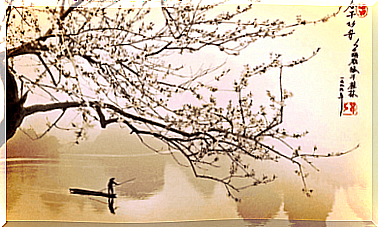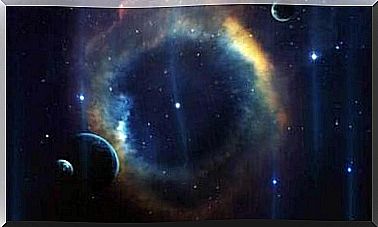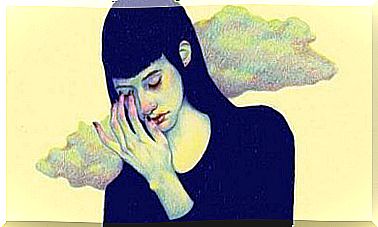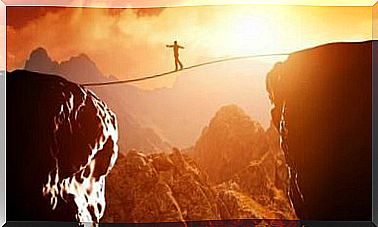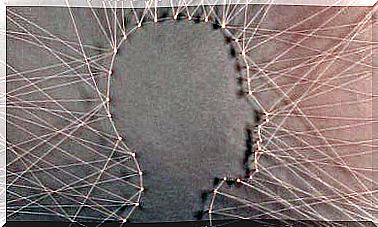Ernesto Sabato: An Argentine Renaissance Man
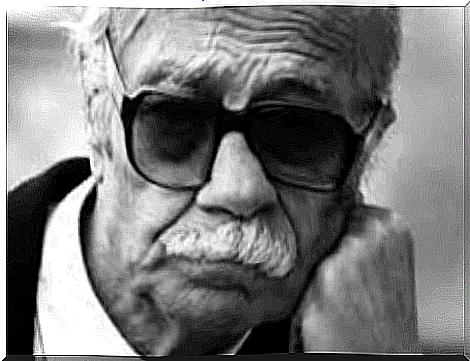
Ernesto Sabato was an intellectual without limits. He captivated the people with his lyrics and brilliant speeches. Although the world fell flat on its face for this Argentine writer’s words, he also made himself known in other fields.
Sabato was a Renaissance man who made important contributions to literature, science and philosophy. The fact that he excelled in every field he decided to explore spoke of his brilliance and creativity. We dedicate this article to Sabato’s life, texts and his interdisciplinary heritage.
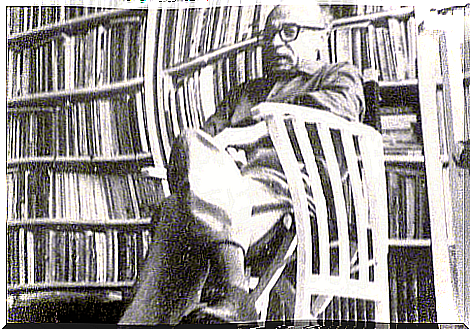
Sabato’s early years
Ernesto Sabato was born on June 24, 1911 in Rojas, Argentina. He was born into an Italian middle-class family and was the tenth child of eleven.
He spent most of his school years in Rojas, but then moved to La Plata to complete high school. He continued to study physics at the National University of La Plata. While there, he met his future wife, Matilde Kusminsky Richter.
In 1934, the Communist Party of Argentina sent Sabato to Moscow as a delegate. During his stay in Brussels, however, he decided to flee. He fled to Paris, where he wrote for a period. He then returned to Buenos Aires to marry
In 1937 he received his doctorate in physics and mathematics from the National University of La Plata. From there, Sabato decided to continue his research in Paris. On May 25, 1938, his first son, Jorge Federico, was born.
Just before World War II broke out, Sabato was transferred to Massachusetts. In 1940 he returned to Argentina to work as a professor at the National University of La Plata. He taught engineering and worked with graduate students with relativity and quantum mechanics.
Switched to writing
In 1943, he decided to leave science and fully dedicate himself to art. He moved to a farm in Córdoba without running water or electricity and began writing. He collaborated with several magazines and also wrote reviews.
In the latter part of his life, Sabato mainly dedicated himself to writing. However, a tragedy struck the family when his son, Jorge Frederico, died in a car accident in 1955. His wife died about forty years later in 1998. Sabato was almost 100 years old. He died of pneumonia on April 30, 2011, just 55 days before his 100th birthday.
Ernesto Sabato, much more than a writer
Although the world knows Ernesto Sabato as a writer, as we mentioned above, he has done a lot of different things during his life. Here are some of his contributions in other disciplines:
- Politics. Sabato identified himself as a socialist for many years. In fact, the Socialist Party elected him delegate. However, he distanced himself from socialism in his texts and public appearances. Instead, he supported a society based on individual freedom, decentralization and cooperation.
- Physics and math. Sabato received a scholarship to research nuclear radiation at the Curie Laboratory in Paris. But his encounter with surrealism in France led him to abandon scientific research.
- Paint. In 1970, Sabato felt he had said everything he could say as a writer. In addition, his vision problems forced him to stop reading and writing, which is why he dived into the world of paint.
Ernesto Sabato was also very interested in philosophy. He valued knowledge and considered it the true source of human freedom. Sabato wrote several philosophical articles that were very critical of science. He argued that science, as opposed to philosophy, was dehumanizing.
When you look back on Sabato’s life, you see a common thread through everything he did, as well as a strong interest in social, cultural and political issues. This interest resulted in some very prestigious jobs, such as his position as Director of UNESCO and the Ministry of Foreign Affairs. He eventually resigned in both positions due to disagreements with the organizations.
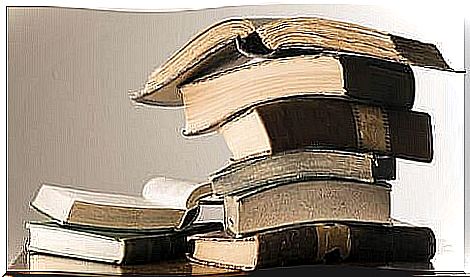
The lyrics of Ernesto Sabato
As we mentioned above, it would not do justice to Sabato’s varied intellectual activity if we only mentioned him as a writer. However, critics and supporters around the world praised him for his written work. Here is a quick summary of some of his most famous books:
- Tunnels (1948). This psychological novel told in the first person buries the reader in existentialism. The main character writes from a prison about the reasons why he has committed murder. Although several publishers rejected the Tunnel , when it was finally published, it received good reviews from important critics such as Albert Camus.
- Sobre héroes y tumbas (Heroes and Graves) ( 1961). Ernesto Sabato wrote this novel when he was 50 years old. Many consider it the best Argentine book of the 20th century. It tells several stories at one and the same time, put in the context of Peronism. Although Sabato initially considered burning the script, his wife persuaded him to publish it.
- Abaddón el exterminador (Abaddon, the Exterminator) (1974). This masterpiece is one of Sabato’s most experimental books. The apocalyptic plot embarks on some of the most important events in Argentine history in the context of the important global events of the 1970s.
Articles and recognitions
Ernesto Sabato also published many articles, most of which were philosophical. A couple of these more political texts stand out, such as “The Other Side of Peronism: An Open Letter to Mario Amadeo” in which he defends Evita Perón and her followers.
Many important and famous writers praised Sabato’s work and he was in many magazines and interviews. He also received awards for his lyrics, especially:
- The Argentine Writers’ Union Grand Prize.
- Best Foreign Novel (Paris).
- Miguel de Cervantes pris.
Ernesto Sabato has undoubtedly left his mark on the world. His exploration of philosophy, science and politics made him an incomparable author. This article has hopefully inspired you to make room in your bookshelf for these wonderful books.

